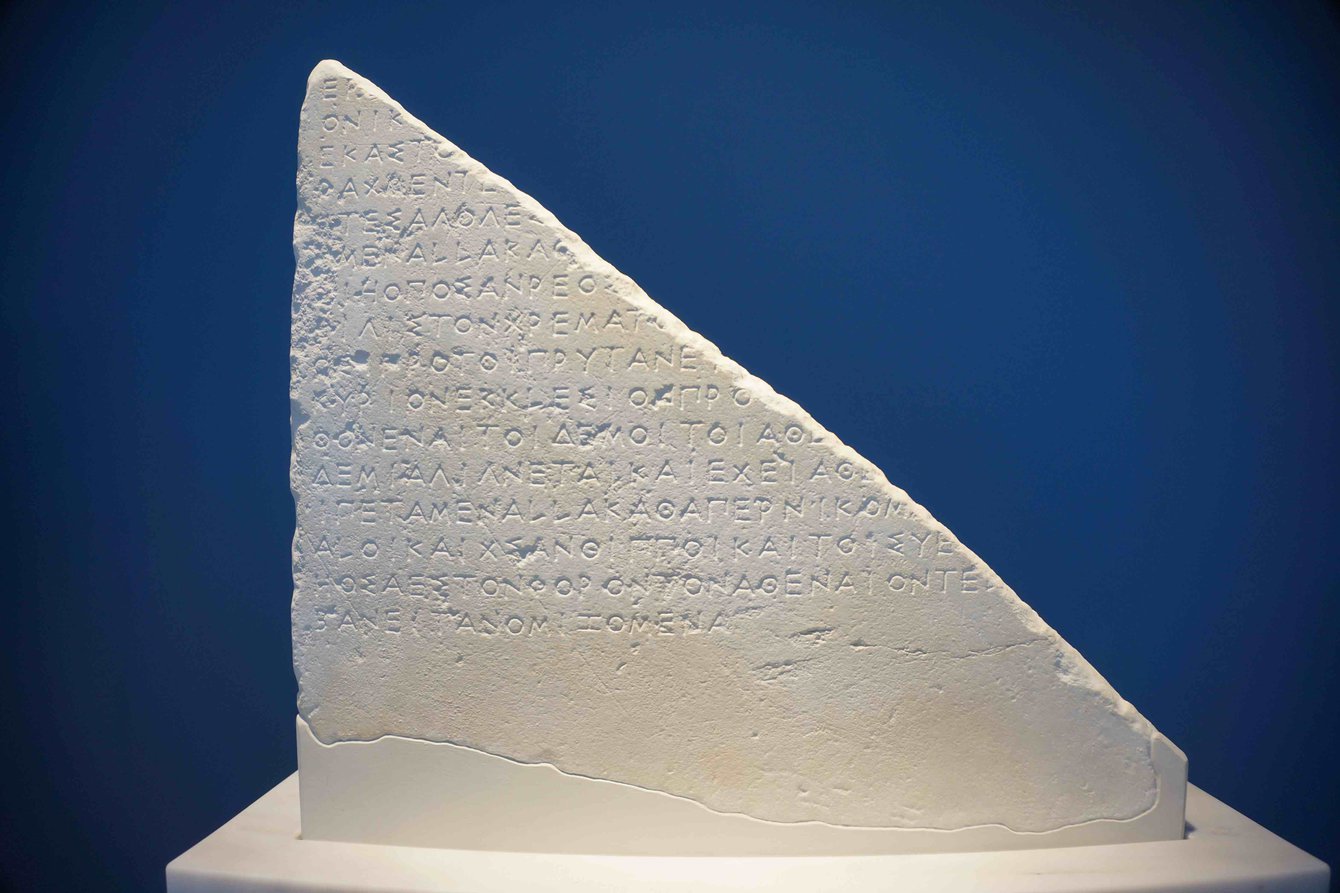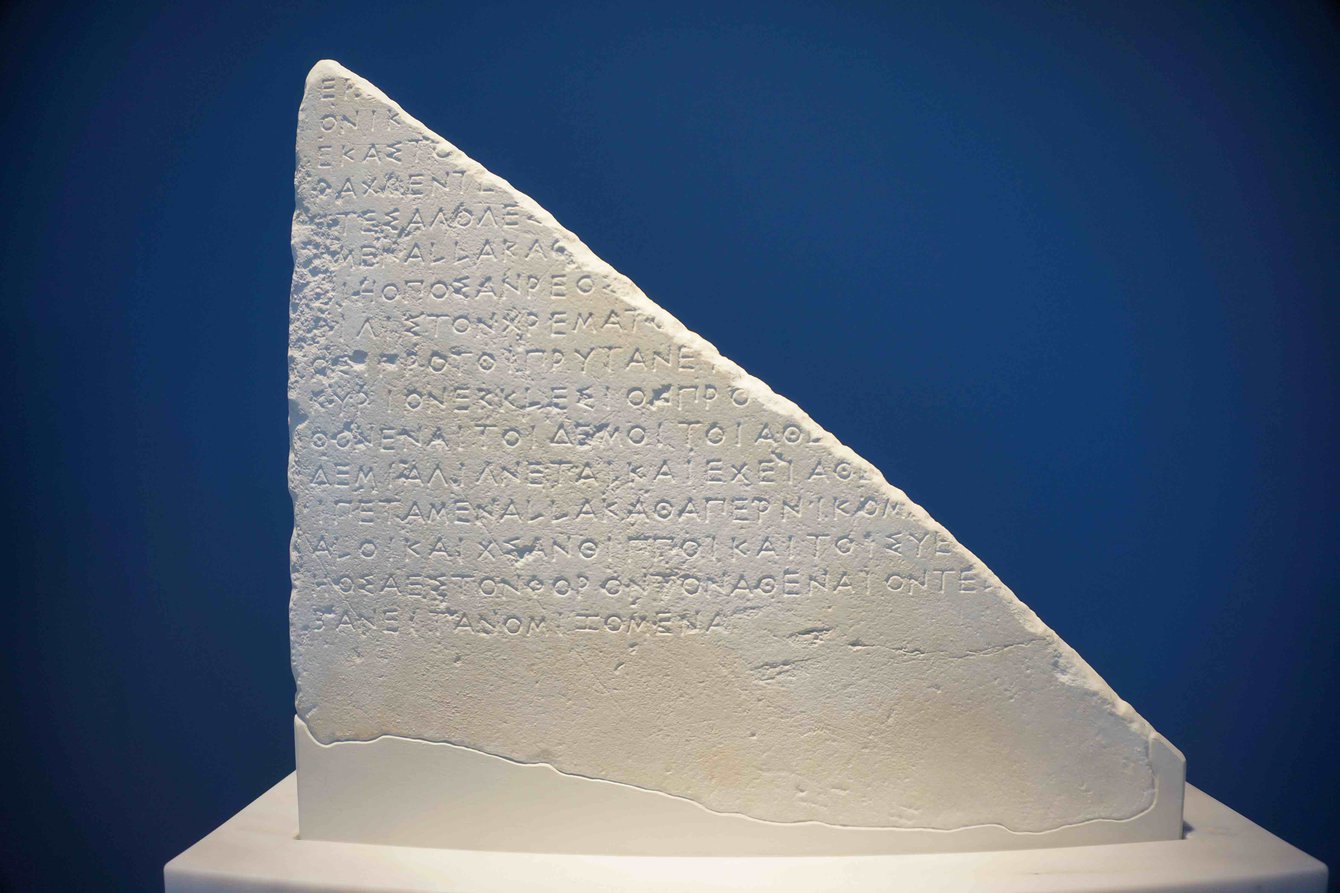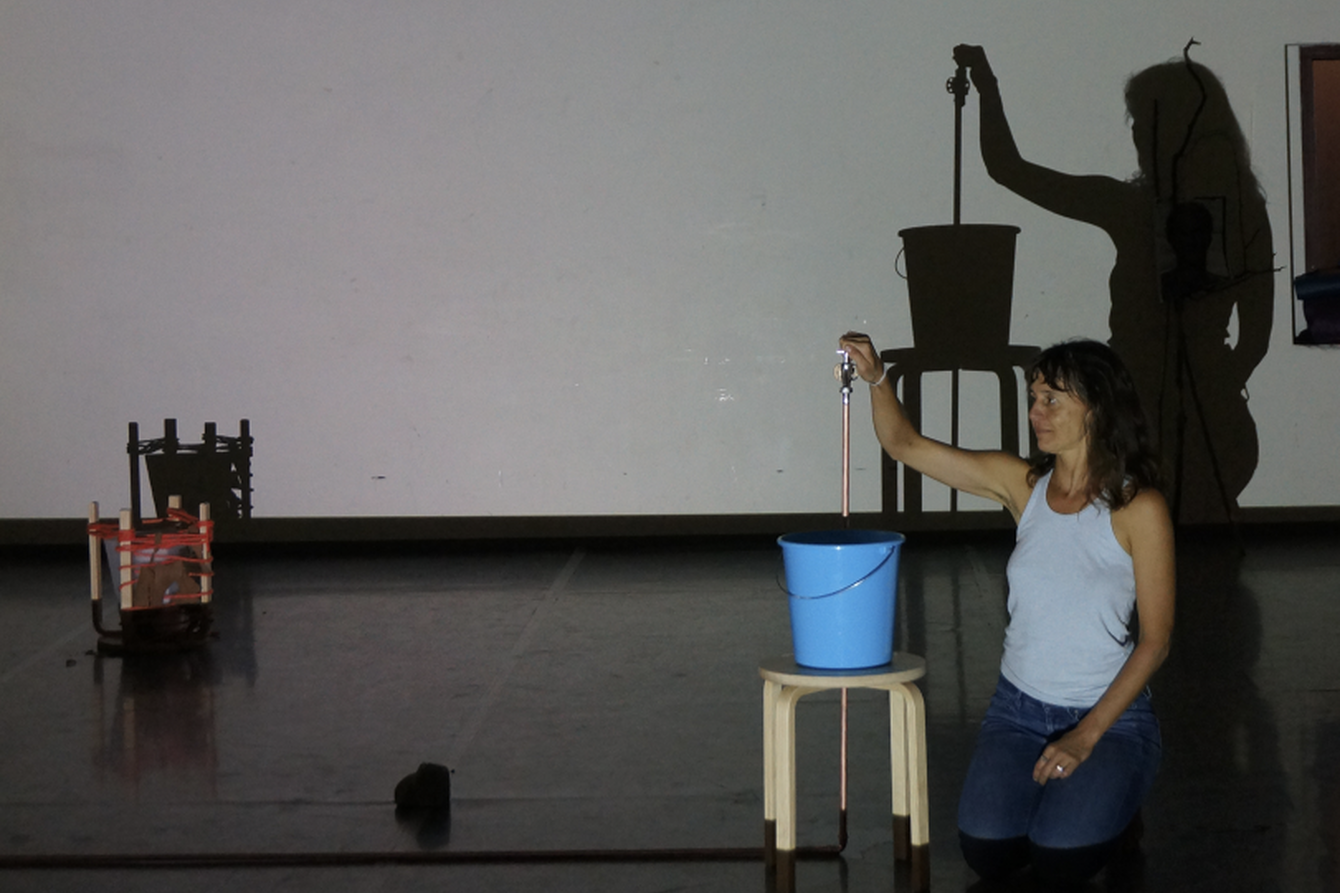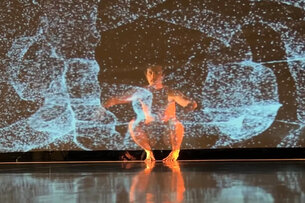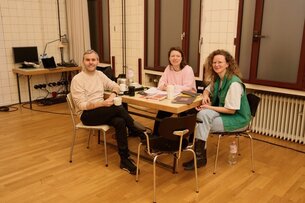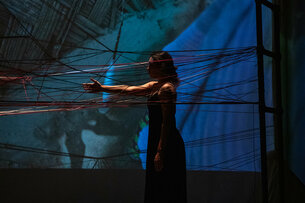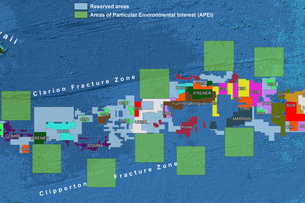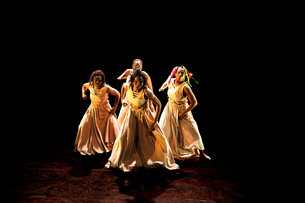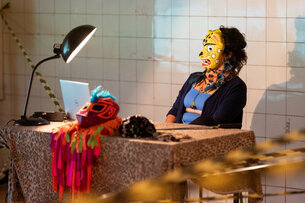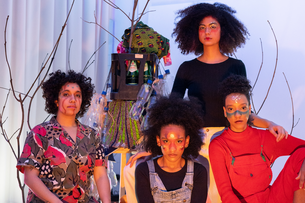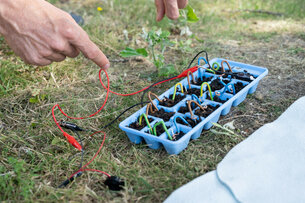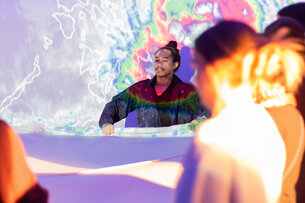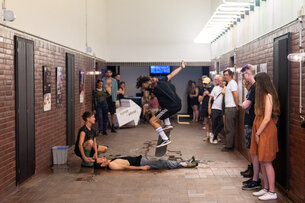1. For your project ›cry me a river – a quest for the source‹ you hiked in 2016 from the mouth to the source of the river Styx in Greece. Legend has it that Achilles was rendered (almost) invulnerable after bathing in the waters of the Styx. In what ways did visiting this mythologically legendary river have an effect on you?
That there were some legends attached to the river and its source made us extra curious to do this hike, it was actually the reason why we chose this river. The legends itself was maybe of secondary importance. We were very curious to understand if the people living close to the river and the source were influenced by the legends and we wanted to know if the stories would change the closer one comes to its source. Does the shepherd on the mountain by the source tell another version than the schoolteacher in the town by the mouth of the river? While we were actually doing the walk we were trying to understand what these myths and growing up with them give as an extra value to ones’ relationship to one's native place. We had to realise that we knew very little about the stories and myths attached to the places we grew up in. Does that give us less grounding, more freedom in seeing the world or the opposite? Once we reached the source, we tried to take a bath in it, filled our bottles and drank the water. In the first instance, to become immortal is a comforting thought. When we brought some water down to our friends at Akratha, we had a common cheer to life and immortality, a gesture that was strangely delicate, as one of our friends had just recently lost his wife, and after having taken a sip of Styx' water, he regretted his step towards possible immortality. So to conclude if the quest for the source had an effect on us, yes, but what was the effect? It made us very curious towards stories, their powers on the lifes of people and the consequences of a lack of these stories. But also we are interested in how these stories are constructed, how they are preserved and how they change over decades.
2. You are dealing with terms like credibility or truth and have asked many people on your journey about their knowledge of the river Styx. What were the most interesting or contradictory answers you received?
Talking about Styx was often a starting point for a conversation to speak about other topics that interested us as well, like the situation of Greece today opposed to the situation of Greece before the crisis, or the situation in ancient times, the state of democracy in Greece today. On our way up to the actual source of Styx we were also looking for other ‚’sources’ of information, for example the writings of the Greek traveller and geographer Pausanias who had travelled to the Styx himself and made a written report of it. When we came to the archaeological museum in Athens, the guide told us through the closed bars of the entrance, that they had nothing of Pausanias, but the cup of Pericles, the founder of democracy. According to him, any remains of democracy were to be found inside the museum, and not outside anymore. People close to the source, told us their personal experiences, like making an love oath by the source. A common thing they reported coming closer to the actual source of Styx was that they would experience a feeling of ALOE, which they described as a feeling of being high or light headed. One very old man simply told us to google Styx if we wanted to be sure. An important discovery we made was that the closer we came to the source, the more standardised the story became, to the point that it exactly sounded like the story written down on the information table directly in the cave oft he source. As if writing down one version of the myth reduced it to this one version. When we asked the school director why they still perform the old myths and stories, she exclaimed that these stories are so deeply engraved in their identity that they need to be told! Again we were reminded of our feeble knowledges of the myths that are part of the northern European context, fact is that the Northern mythologies, written down in the Eddas have been very little preserved. As if of the whole Greek mythology only the Hercules myth survived.
3. What are the similarities between concrete and abstract sources?
We like the idea that all sources, concrete or abstract come from the same source, the UR OCEAN, called the Tethys, as all life is coming from there. This is what a geologist told us when we were asking him about the geological specificities of a source. We think, the abstract and the concrete image of the source are quite similar, sources can be trickling weakly or gushing with an enormous force, depending on the source. Sources are surprisingly found, some sources are protected, sources can be poisoned, some are more difficult to reach than others, and the outcome always provokes a change! For our project we took the pipes as a starting point as we liked the image of transport that they evoke. We also saw a lot of pipes in all shapes and forms on our way up to the source, and if you put the upright they resemble columns of Greek temples.
